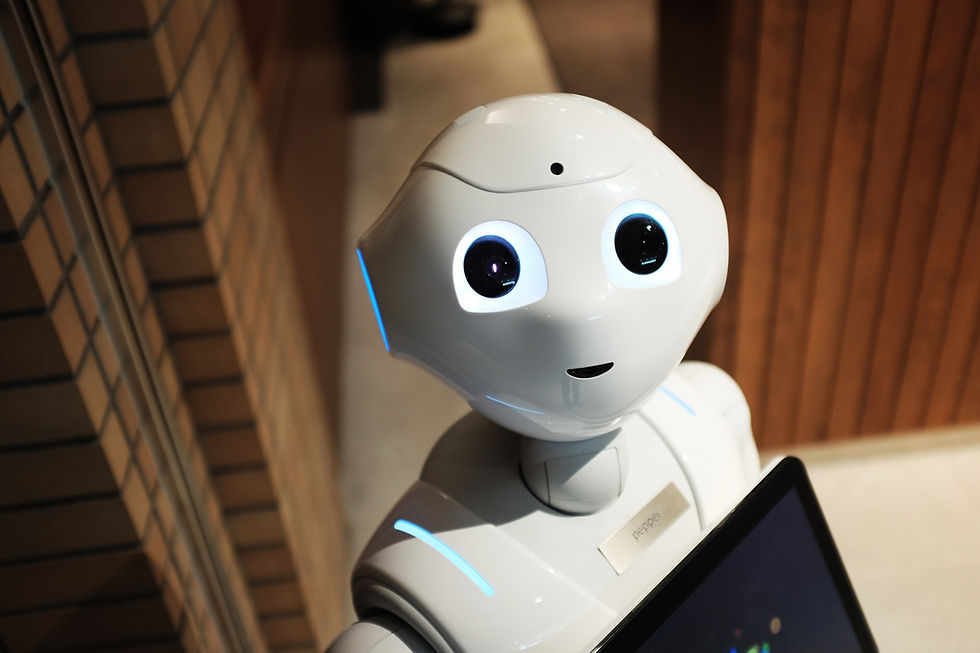Did Digital World kill Art?
- Abhimanyu Gupta

- Dec 26, 2018
- 2 min read
When cameras were first made, traditional paintings were threatened to existence, but still didn’t lose its charm and magnificence. Technology has shaded all spheres of life with unseen colours and has led to unimaginable innovations. Ever since things have digitised, it has bought new horizons to art. Digital application has introduced new methods to practice old forms of art. Today, art has also entered the visualisation space, which led to concepts like 3D printing and augmented reality. Perhaps, digitisation has conceptualized new forms of art, like animation, reverse imaging, shadow art, etc. Though technology has changed the inert ways to practice art but still the fundamental backbone remains preserved. Art always entailed something which needs creative and differential use of predefined principles and yet even the modern art forms propagates that. Art has evolved and has taken new shapes, computer screens and projectors have replaced canvas and sketch boards. Earlier, people were fond of portraying fantasy and now there is a contest to simulate the reality.
The space between craftsmanship, a creative brain and technology is getting real small. The digital world has perhaps helped art evolve and innovate. We never witnessed artists working with gaming companies, public policy formation teams or in simulation labs. The digital spillover has transformed traditional art to creating virtual spaces by a series of ones and zeroes. Though art has always been a prestigious part of our societies, but was appreciated by few. The revamp of art has interested a larger group of people because of its widespread use, especially the young lads. The changes in art forms was majorly driven by the technical know how to create 3D objects. Digital age has gifted art with visualization techniques. The digital world has also expanded the bounds of art and given an artistic license to everyone.



Comments